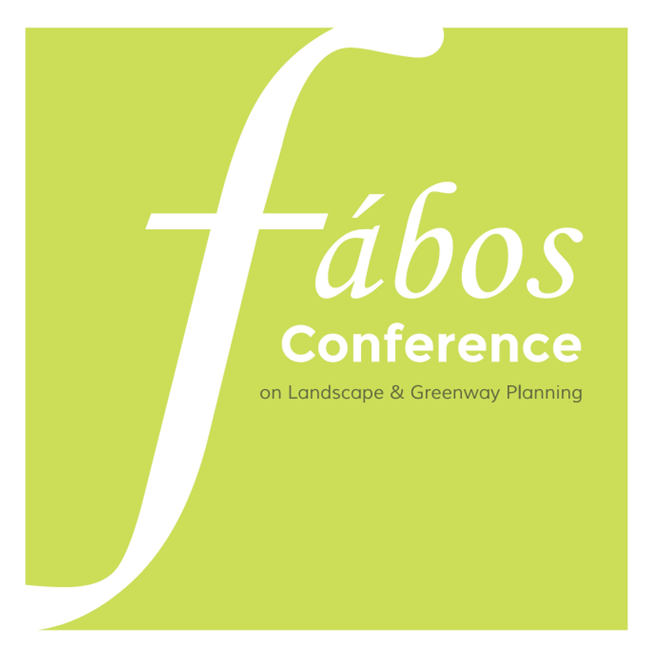A Longitudinal Study of Blue-Green Corridors in the Yarmouk Basin: Climate Change Impacts through Local Narritives and Remote Sensing
Abstract
This research documents the blue-green corridors (BGC) of the Yarmouk Basin, an essential ecological and cultural landscape now degraded by human activities and climate change. Over the past century, habitat loss, urbanization, and industrial agriculture have led to significant ecological fragmentation, reducing biodiversity and destabilizing ecosystems. The study maps historical BGCs and assesses the effects of urbanization, water management policies, and socio-environmental changes on these networks. By incorporating local narratives from elderly Jordanian residents and Syrian refugees alongside scientific methodologies, the research investigates how human activities have altered the corridors, with broader implications for ecological integrity, cultural identity, and food security in the region.
This longitudinal study utilizes both quantitative and qualitative methods. Remote sensing techniques map current and historical ecological landscapes, revealing habitat loss and fragmentation over the past 50 years. These data are cross-referenced with interviews of elderly residents, capturing traditional ecological knowledge (TEK) and historical accounts of water collection, home gardening, and agricultural practices, as well as their observations of environmental changes. The study evaluates the impacts of ecological degradation on both the landscape and the cultural practices linked to the BGCs.
The findings indicate extensive habitat loss and fragmentation in the Yarmouk Basin. Key ecological corridors, once vital for wildlife, agriculture, and cultural practices, have largely vanished. Water resources such as cisterns and natural springs have dried up or been polluted due to overexploitation and agricultural runoff. Local wildlife, including wild donkeys and foxes, has also disappeared. Technological advancements, urban expansion, and unsustainable water policies, compounded by climate change, are identified as primary drivers of these changes. Local authorities acknowledge the degradation but have proposed only limited solutions.
The study highlights the loss of cultural practices, such as transporting water from springs and maintaining home gardens, and how this has weakened local food systems. Depleted streams and water pollution have left communities reliant on imported food. To restore the BGCs, the study recommends policies that integrate traditional agricultural practices, sustainable water management, and ecological restoration. Local community engagement and the preservation of traditional ecological knowledge are essential to ensuring the ecological and cultural integrity of the Yarmouk Basin for future generations.
Keywords: Blue Green Corridors, Ecological Degradation, Remote Sensing, Narrative, Yarmouk Basin
How to Cite:
Gharaibeh, A. & Al-Shboul, D. A., (2025) “A Longitudinal Study of Blue-Green Corridors in the Yarmouk Basin: Climate Change Impacts through Local Narritives and Remote Sensing”, Fábos Conference on Landscape and Greenway Planning 8(1). doi: https://doi.org/10.7275/fabos.2463
274 Views
90 Downloads
